"Foster Huntington's A RESTLESS TRANSPLANT is one of the mack-daddies of the blogosphere. Drawing in beautiful imagery and a fundamentalist on-the-road aesthetic, it's one of the places we go when we're dreaming of taking to the highway. His #vanlife collection "
#Vanlife. Heroes and Villains
The appeal of Van Life is now something everyone understands. Freedom. Adventure. Self-determination. All these things are encoded deeply into how we see ourselves – and an entire industry has arisen to cater for every kind of wagon-type desire. But in the last few weeks and months of Lockdown, devotees of the #vanlife ethos have been up against it. We explore how and why we got here.
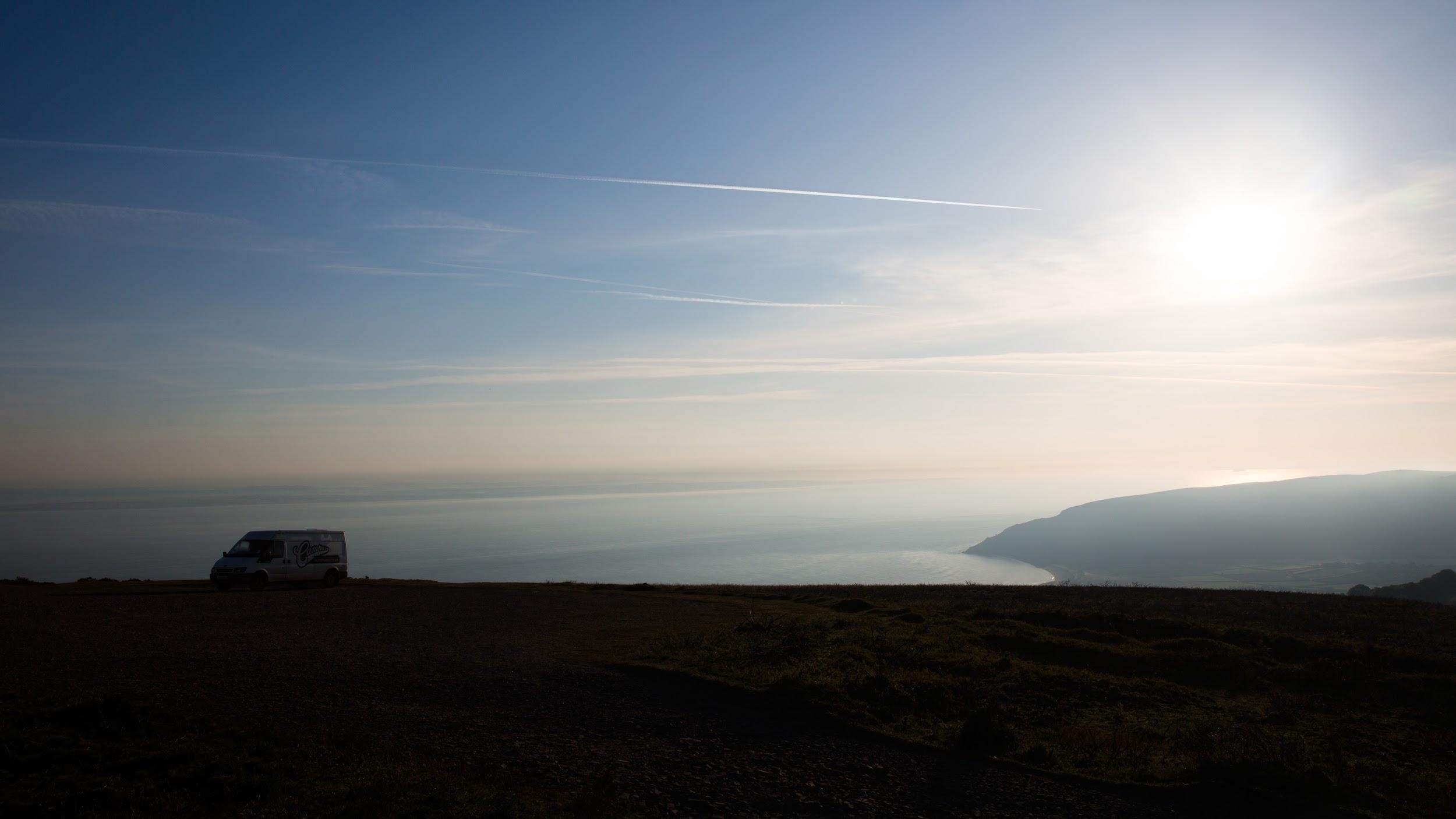
#Vanlife, with Lockdown
‘‘It’s strange. I’m used to feeling a little smug, like I’m showing off..,’’ says Matt, 31…’’But over the last few weeks, I’ve felt guilty, like some sort of outlaw…” Matt is a carpenter by trade and a surfer and traveller by creed. And he is one of the legion of people who live, play, travel – at least for a good proportion of the year, in a van. His vessel of choice is a 2011 VW Crafter (High Top, SWB). It is a handsome, rugged, stealth weapon, which until very recently was always a talking point – an object of admiration in car parks, laybys and beauty spots around Britain and beyond. Lately, though things have changed. And the oddness of the moment is illustrated by the fact that Matt (not his real name) consented for us to publish this interview on the condition that he remain anonymous.
“Some people have been really aggressive, he says. “Most folks have been friendly as always, but many local people I thought were my friends have been scowling at me. I’ve been getting into pointless discussions that start out as arguments and arguments that become sensible discussions, usually kicked off by people saying that I should be at home. It’s hard for people to understand that this actually is my home. It’s been hard not to just jack it all in and head back to my mum’s in Leicester – but that has obvious problems in itself…”
The last weeks and months have seen not only lockdown – but one of the most beautiful springtimes these islands have seen. Torrid contradictions then, for Matt and people like him. Everything from disgruntled looks to the ugly face of vigilante localism have been widely reported. The latter has even manifested itself in illegal, guerrilla style road closures. This has of course been motored by ambiguous government guidance and mixed messaging. The UK lockdown’s blurred boundaries have been particularly confusing for anyone who loves to get out on the road. But for someone who lives most of the year in their van, the difficulties have had a finely tempered edge.
“I’m just one of many folks I know who have been faced with real dilemmas,” he says. “Of course we’re really sorry for all the pain and suffering people have been going through, and we want to protect the NHS as much as anyone. But when we’re making a cup of tea for ourselves in a layby, staying at home is actually what we’re doing…”

Regardless of the shifting attitudes to people living the #vanlife – Matt’s Crafter really is a subtly stunning slice of automotive design.
“I’m a carpenter and I had a clear plan of how and what I wanted to do to make it a place I could not only work with, but one that I could live in,” he says. “This set up allows all the headroom you need, though height restrictions can be a pain sometimes. But the short wheel base makes it perfect for the lanes, and parking in quiet, hidden places…”
As a surfer Matt had been wearing out the motorways from his home in the East Midlands to the lanes of North Devon for years.
“The whole vanlife thing always appealed to me,” he says. “Being a surfer it makes sense, being able to be out there at dawn and dusk and just get yourself in front of a wave. But of course, there’s a lot more to it than that…”
According to the department of transport, there has been a huge increase in numbers of campervans and converted vans taking to the road, particularly since around 2008, when the financial crisis hit. Covid 19 and the economic fallout may see yet another swell in the numbers of people considering a life on the road. When you’re confronted with mortality and your freedom of movement is restricted by official decree, dreams of escape and freedom often bubble to the surface. Millions of us are contemplating again the possibilities of Vanlife. But the political and legal correctness of life on the road may be more complex than ever.
“There’s a stripped down simplicity to living like this that I loved”, he says. “Once you get used to having just the essentials with you, it’s difficult to imagine going back. It helps that I was always a bit of a petrolhead…” Matt made the well-trodden path through Dub culture before arriving at the Crafter. “My first car was a Mk2 Golf. I slammed it a bit, stuck some black alloys on it, you know. Then there were a couple of rubbish Beetles before I got my first wagon – a T4 double cab with a flatbed, which was quite rare…”
Most of Matt’s clients are locals and second home owners in the South West of England, many of whom he met on the road. “I’m more or less on the road in the UK from around May-November”, he says. “The work is here, the surf is here, and it’s beautiful. There are loads of quiet places to park too: especially up on the moor.” But the beauty of being mobile means of course that the weather and the conditions you face are subject to will, rather than destiny.
“I usually take off in the depths of winter, after the autumn swells and when the clocks go back. This year I made it down to Morocco. It was epic. But I’m always back in the UK by Easter time.”
Matt, like many Vanlifers, were attracted not only by the plethora of social media feeds from beautiful places — that influencer lifestyle porn only reaches so far. “There are obvious downsides. I’m lucky enough to have a girlfriend who lives round here. She offsets the loneliness a lot of people feel”, he says. “And of course, when I do fancy cosying up with a hot bath, there’s one there.” There’s a big difference, obviously, to the vast majority of people whose van is a weekender thing – who use their van to shuttle from their fixed abodes to the beach, the mountains and the lakes. “It’s difficult to get across to people that this is my life, rather than just something I’m doing for a jolly.”
The Crafter is ingeniously kitted out so that the full armory of a Carpenters’ tools — as well as the surf gear – are accommodated in drawers and compartments that Matt designed and built himself. When you throw in the general necessities like bedding and kitchen and toilet equipment it becomes clear that living this lifestyle is more complicated than it might appear. “You have to be resourceful to do this months on end – both practically and emotionally”, he says. “There are times when the weather is terrible and the surf is rubbish and you’re parked in a layby off an ugly A-Road somewhere…and you think – what the hell am I doing with my life! But it only takes that brilliant run of weather and surf and it all becomes worthwhile again…” And once lockdown eases, you can be sure that a legion of Vanlifers will be taking to the road again.

Designed For Life: How design, desire and marketing zeroed in on the creation of #Vanlife
Utility
In the immediate postwar era all the way through to the seventies, vans and wagons of all kinds were about one thing and one thing only: utility. And no vehicle screamed utility more clearly than the VW Van. VW makes the most popular leisure wagons on the planet. Whether it’s a lowered, chopped-and-cropped, split screen ’65 Type 1 campervan or a T7 Sportline kombi fresh from the factory, Volkswagen’s iconic workhorse has been a feature on the byways ever since its launch in 1950. The Transporter’s super reliable, rear-mounted, air cooled engine was a revolution in post war European design and engineering. Placing the power plant below decks and between the rear wheels freed up an acreage of interior cabin space – and in the early years it was cheap, too. These factors combined to make the Transporter a practical and affordable home-on-wheels for travellers on the hippy trail, as well as a legion of committed outdoorsy folks who were determined to seek out uncrowded spots outside their native shores. Though it sold well over a million units between 1965 and 1975, nowadays even beat up examples of the early T1 or T2 are sought-after as classic restoration projects. The VW Transporter is continually charged with countercultural kudos as its resale value increases. There can be few committed van lifers on the planet who haven’t considered going into debt to secure a pristine example.
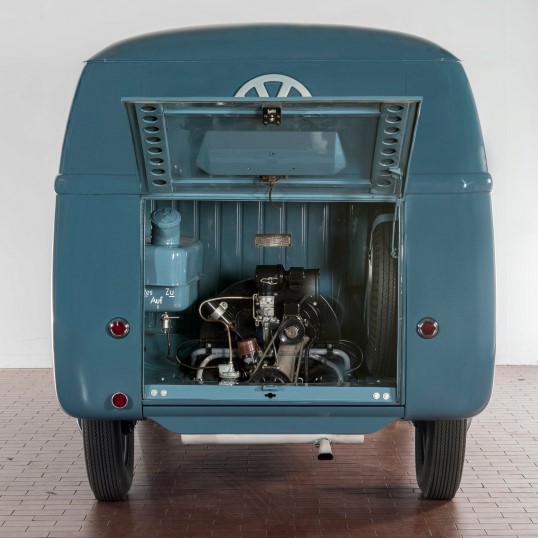
FOUNDATION MYTH: The Grapes of Wrath
It might be strange to mention this literary classic as a foundation myth for #Vanlife – but when the Joad family of Okies displaced by dust bowl conditions and lack of work jumped collectively on a wagon scraped together with family savings, it was one of the very earliest glimpses of what so many of us have dreamed of doing. In this moving saga, California and a better life was the goal. But it wasn’t so much the motor itself that appealed. It’s the way that this hard-up family with nothing to lose but their dusty existence come together on four wheels to forge a better life for themselves. It’s a powerful tale of how motor vehicles can be icons of escape and transformation. The film, in which Henry Fonda stars as Tom Joad, is stunningly moving. And there’s great workwear in there too.
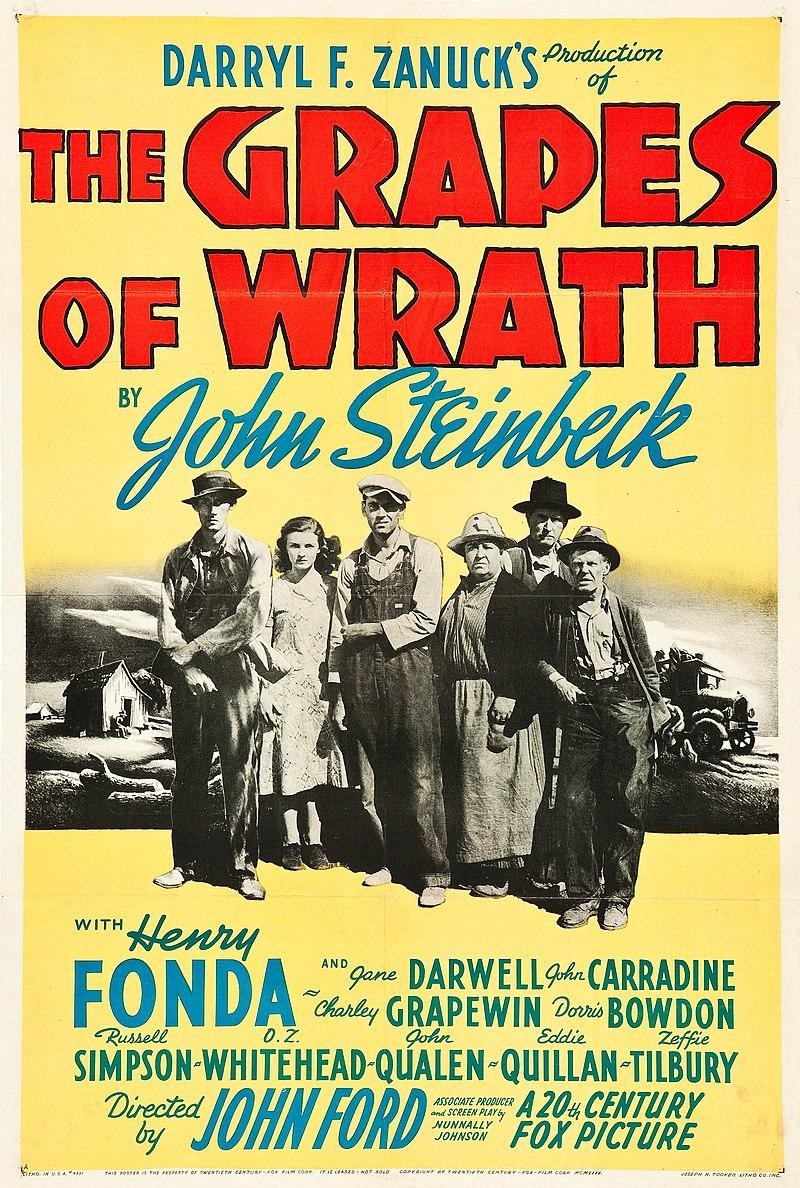
CUSTOM
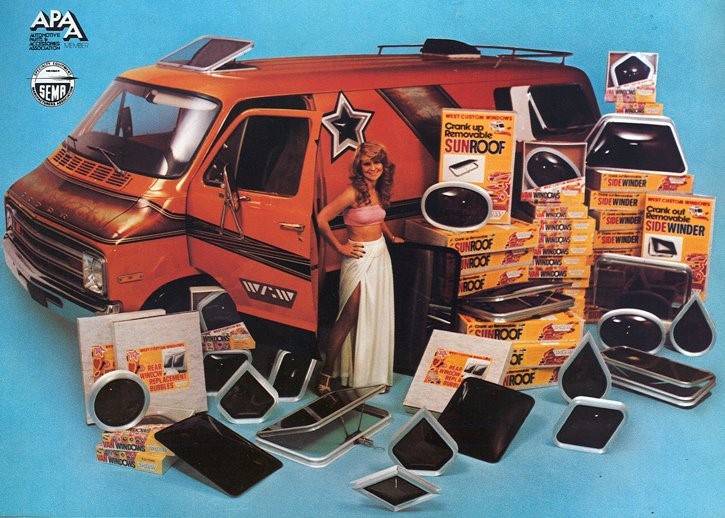
In the seventies everything changed in vehicle design. And the push in the world of wagons came firmly from the States. Hulking two-tone behemoths like the Chevy Suburban began to take hold in the family vacation hauler market – and were actually hybrids between trucks and station wagons, and hinted at a future dominated by the Sports Utility Vehicle. Ths was the golden era of candy-apple, metal flake Custom Vans, which were often created out of stock lumps like Ford’s Econoline. Shows and magazines seeded a mini flowering of Transits and Commas that aped the yanqui excesses – but without a rumbling V8 and a Cali aesthetic, UK versions of the Custom Van looked and felt a little limp. The VW Transporter was of course ubiquitous, though the boxy T3 proved the least perennial. All roads were of course leading to the SUV – where Computer Aided Design, fluid new manufacturing techniques and increasingly sophisticated marketing would zero in on the massive market who say vehicles and multi-purpose products that could motor your dreams as well as your daily necessities.
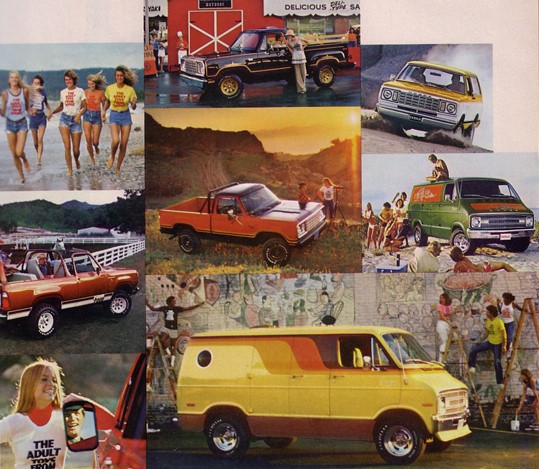
Foundation Myth: Morning of the Earth.
Australian film-maker Alby Falzon’s 1972 classic provided the foundation myth of an anti-competitive, non-commercial way of being a nomad – and he explored the late hippy lifestyle of a bunch of Australian surfers in a Volkswagen transporter. Shot primarily on the then-bucolic coastline of Northern New South Wales, Falzon’s vision of the redemptive, spiritually charged life living on the road and linked to the land and the ocean is infused with a romantic sense of purity and possibility. This film makes you ache with nostalgia for a time you never knew. We challenge you to watch this film and not want to take to the road and to the sea in a battered old VW transporter.
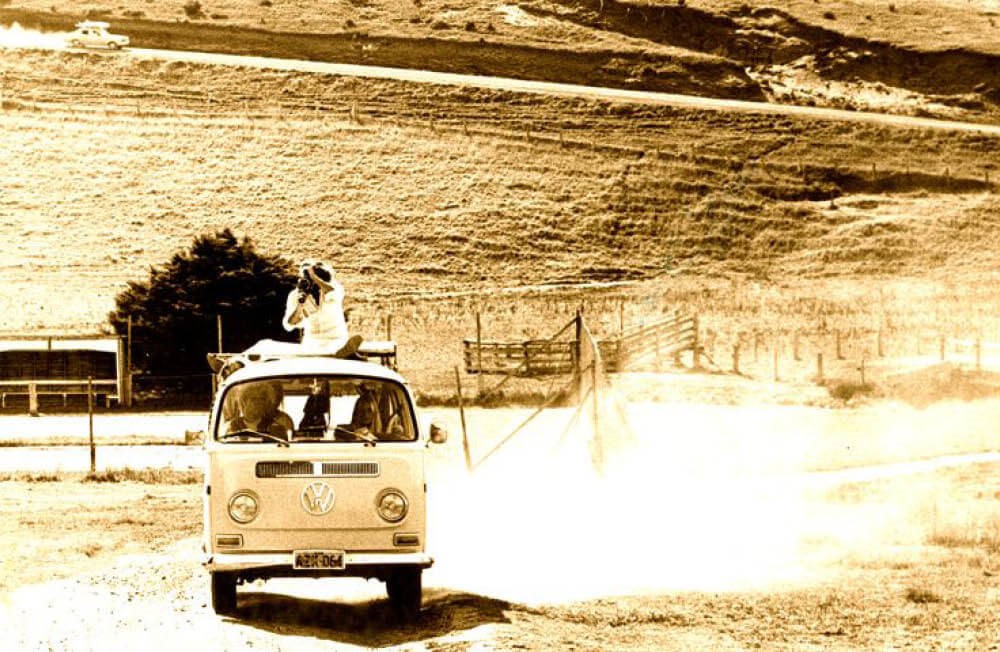
#Vanlife
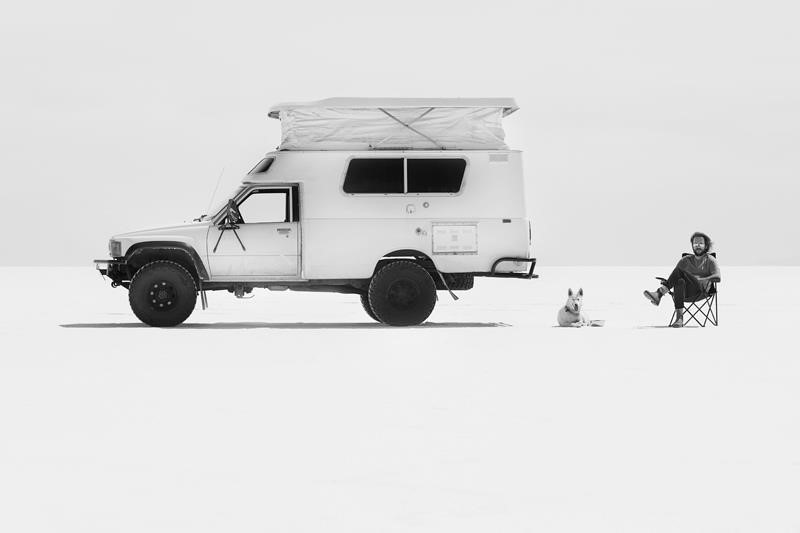
The debate rages around what was the first full-blooded Modern SUV on the market. Whatever story you believe, the rise of the format fed deeply into the production and design of vans – so that more than ever, workhorse platforms were built for customising – and every manufacturer begins to introduce a ‘custom camper’ or dayvan format at the apex of their offering. In this era, the launch of the internet and early manifestations of social media propagated the Vanlife hashtag for the first time. Influencers out there in the wild propagated with instant power the message that there was a lifestyle out there and that crucially YOU didn’t have it. Articulating with a rise in environmental consciousness, the explosion in the culture of extreme sports and a general move toward accessibility and ubiquity of leisure, #Vanlife became one of the definitive lifestyle choices of the early twenty-first century.
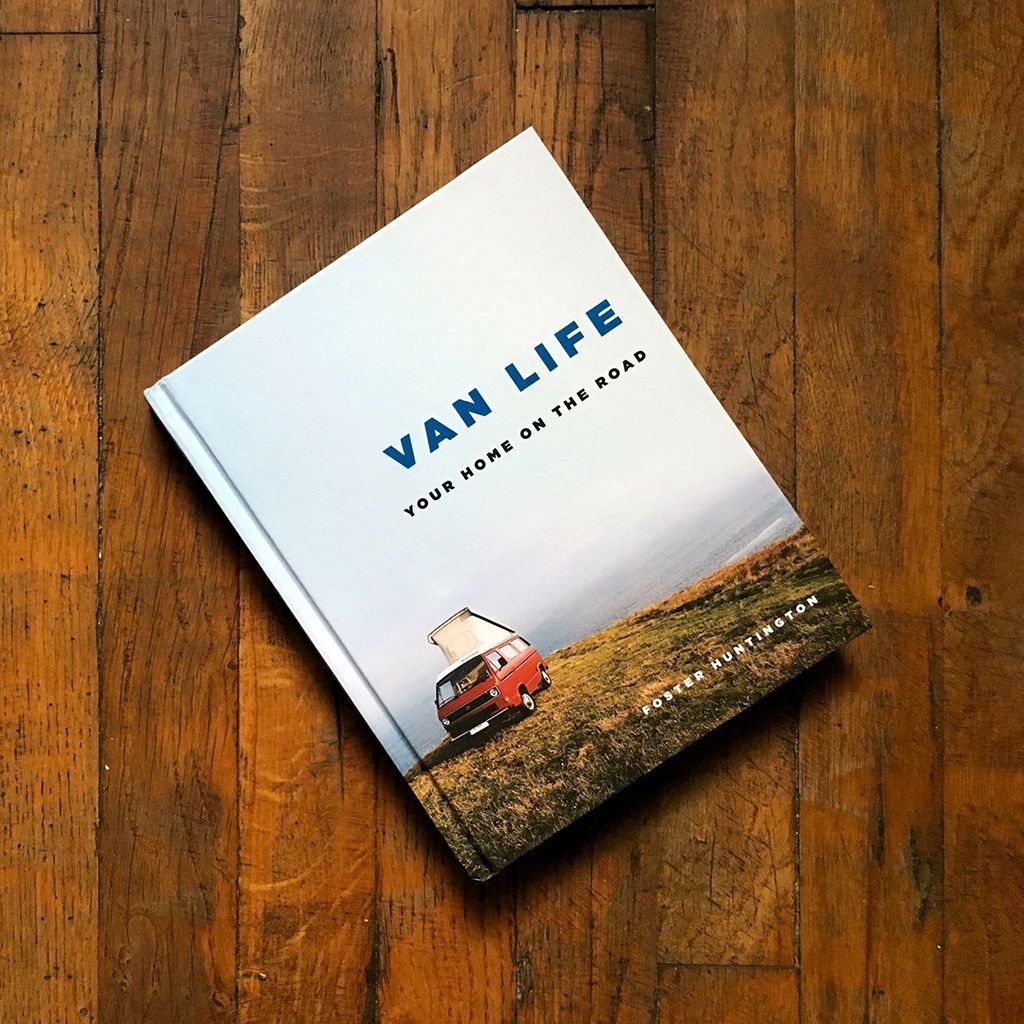
FOUNDATION MYTH: VAN LIFE
When a New York Creative type by the name of Foster Huntington moved out of his New York apartment and into his van back in 2011, he didn’t know he would become the godfather of a movement. “I think when I told people I was moving into my van it wasn’t like a cool thing to do,” he said. “Humans are originally nomads, and the whole living in a vehicle thing, well, people have been doing that since cars have existed and been a viable living situation. So, really, there’s nothing new here…” When Foster made his move Instagram was a new thing. But the potential for storytelling was obvious – and Foster began to document his travels in his VW bus. Many of those early images he hashtagged #vanlife. Though the world didn’t really know such a thing was a thing: the hashtag blew up.“I’m starting a photo project called #vanlife,” wrote Foster in a November 2011 insta post. “It’s a celebration of ships of the open road and the notion that, ‘home is where you park it.’” Soon #vanlife became a totemic lifestyle, which was motored by the hashtag. Foster told highbrow weekly magazine New Yorker that #vanlife is a play on Tupac’s thug life tattoo. And in the same way as Tupac’s phrase encompassed an entire way of being, #vanlife for millions became a term that encapsulated their ideas of freedom adventure and somewhere deep-rooted, a sense of individualism and competence that is a motif of our times. In 2013, Foster published a photo book titled Home Is Where You Park It, and then in 2017, Van Life was a best selling followup. Vanlife is a thing. A very big thing.
CLICK TO ENLARGE









